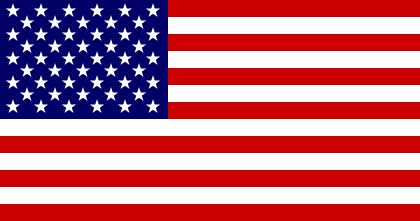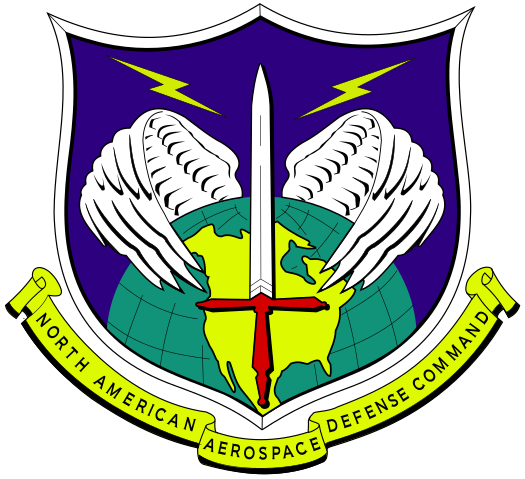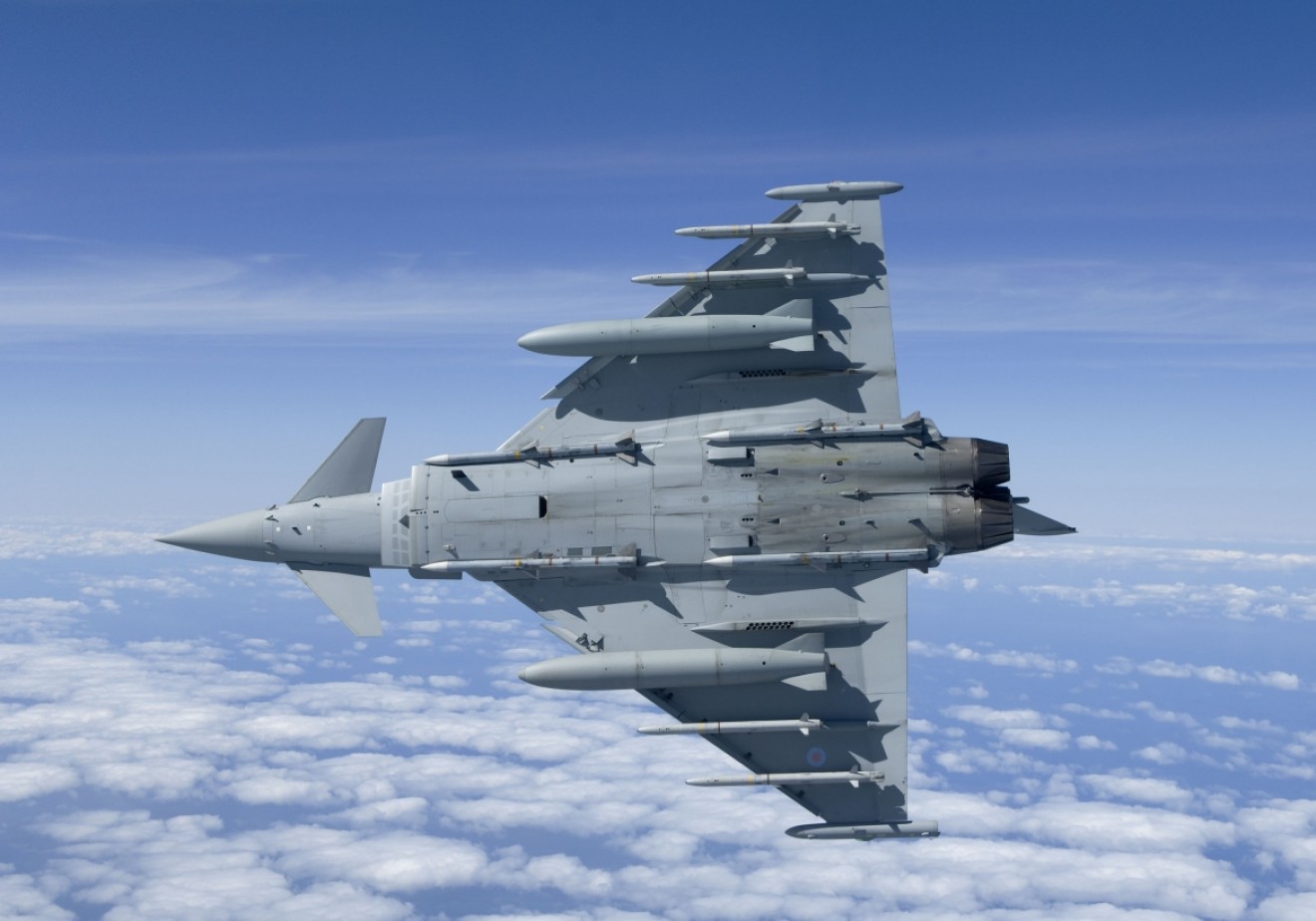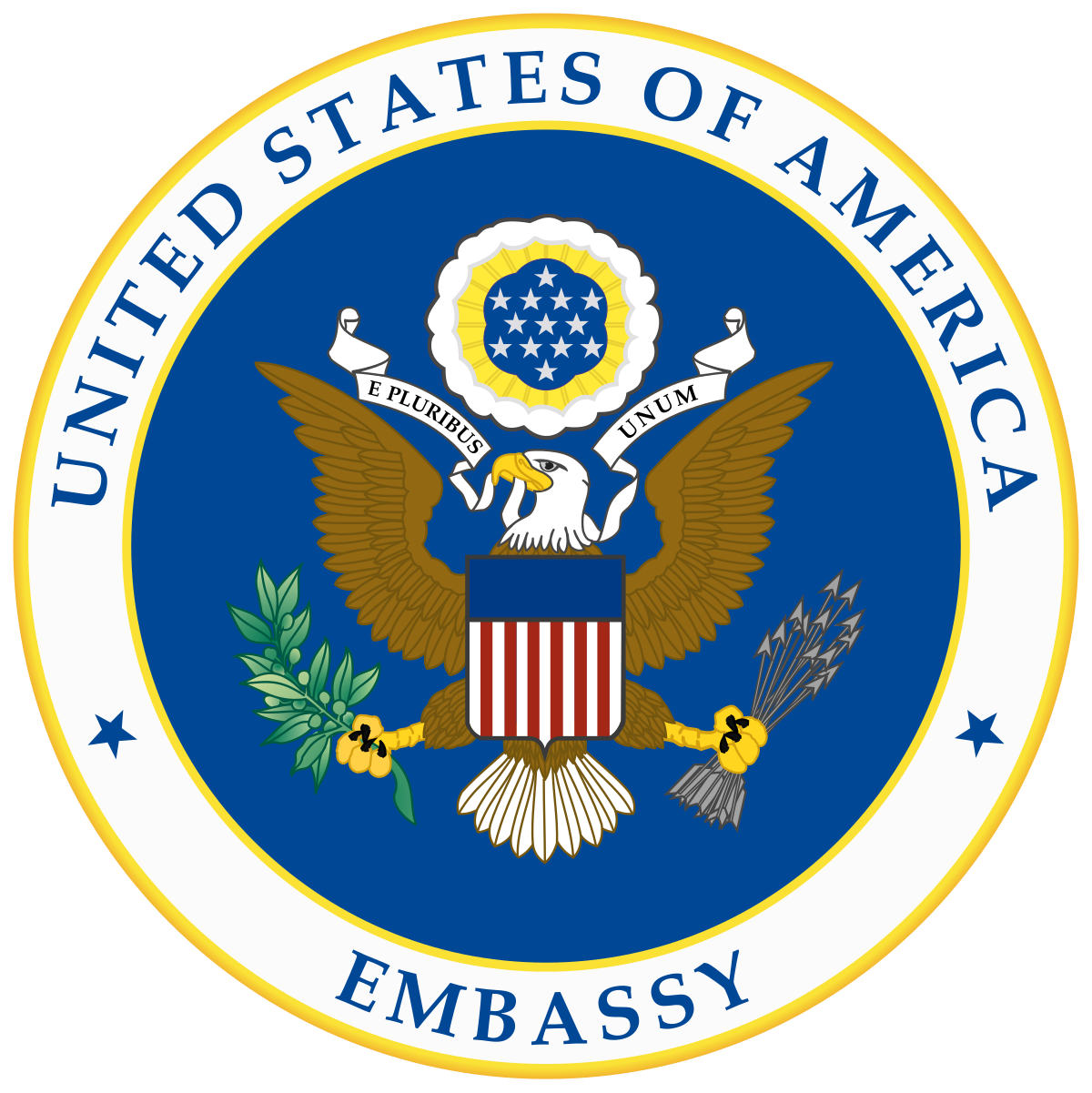- Jul 12, 2018
- 10,525
Private
5:13 A.M. PST
Los Angeles, California
5:13 A.M. PST
Los Angeles, California
A young and ambitious FBI special agent arrived to work early on a Monday morning. He was wearing a black suit white a white shirt and dark blue tie. His firearm was holstered on his right and his bronze FBI badge was barely hidden behind his suit jacket. He was sitting in his small, undecorated office which only contained his desk, a coffee maker that he had bought himself, an underpowered computer, and a landline telephone. He was going through a stack of papers on his desk when he came across an envelope that had been addressed to the FBI's anti-terrorism office at the building. On the front of the envelope was, "FBI PLEASE READ" in large, bold, red letters. The letter had been delivered to the FBI's office on Friday, but it was after standard hours. The agent opened the envelope and read the detailed, hand-written, two-page letter which contained intimate details about a planned terrorist attack against the Diablo Canyon nuclear power station in Southern California that was going to occur the same day that he was reading it. The letters detailed that a list of unreasonable demands would be given to the United States Federal Government and, if they were not met, an aircraft filled with high-grade explosives would be flown into the power station and detonated. He immediately picked up his landline and called his supervisor, who was still asleep.
The young FBI agent's supervisor woke up to his phone ringing for the third time in a row. He was slightly hungover and answered the phone while his naked wife was cuddled against him. The young agent explained the situation to his supervisor, who then instantly sat up in bed. He told him that he would be at the office in twenty minutes. The supervisor called his own supervisor right after the aforementioned phone call ended. This new individual was the special agent in charge for the area. He was already arriving at the field office when he received the call.
The writing in the letter, along with the details and pictures contained provided convincing evidence that this was a real and credible threat. The Special Agent-in-Charge forwarded this information directly to FBI anti-terrorism leadership in Washington and copied some Department of Defense officials who have a "Top Secret" security clearance.
After quick but intense review by the FBI, the Twenty-Fifth Air Force (the Air Force's military intelligence service), and other intelligence officials from the Department of Defense, all preliminary reviews, while cursory, indicated that there was a legitimate threat against the Diablo Canyon nuclear power station in southern California. Using Air Force radar installations, North American Aerospace Defense (NORAD) officials at the Cheyenne Mountain Complex in Colorado confirmed the unauthorized flight of an aircraft in southern California, which was on a trajectory with the Diablo Canyon nuclear power station. The aircraft did not have a flight plan, but it was confirmed that it had originally taken off less than 10 minutes prior from the New Coalinga Municipal Airport in California which was just 72 miles from the nuclear power station. NORAD immediately informed the Air Combat Command officials onsite and a Flash-priority message was generated and sent to the current combat command that was on stand-by in the southern California area.
A young Air Force lieutenant was sitting at his counsel. His feet were kicked up and he was sipping a hot cup of coffee which he had just prepared as he read a National Geographic magazine on the wonders of Egypt. Several minutes went by until his console came to life and his monitor illuminated red, followed by a screeching 1980s sounding-alarm. A flood of data went across the screen and a Cold War-era printer nearby printed off a message. The lieutenant nearly spilled his coffee but managed to keep his composure as he adjusted his headset.
"Commander, be advised, we have incoming Flash-action traffic from NORAD," he said. He waited until the moment that the paper was printed, took off his headset, and walked it up to the commander in the room, who was standing at this point. The dozen or so other officers in the room were manning their consoles, but eagerly waited as the officer walked up to the commander and handed him the paper.
The commander looked over the paper and then back at his officer, "Is this an exercise?" he asked. The officer shook his head, "No sir, no indication that this is an exercise. This is a real-world scenario."
URGENCY: FLASH
The 401st Fighter Squadron, which consisted of twelve F-15C Eagles, was stationed at Edwards Air Force Base. Only a limited number of aircraft were required to be part of a "Rapid Reaction" force at any given point. There was a normal rotation of the aircraft for maintenance, but a specific mechanical problem in two of the aircraft meant that the only fighters in rotation at Edwards Air Force Base who were capable of being part of the Rapid Reaction team were the pilots of the Typhoon fighters stationed there by the British Royal Air Force. Presumably, the British RAF pilots (with permission from their commander) had agreed to be the Rapid Reaction team for the next 10 hours until two of the American F-15Cs were back in working order. If the British had agreed to this, then the Typhoons would presumably be armed and fully fueled in their hangers.
At 6:45 A.M., while the British pilots were likely eating breakfast with their American counterparts, the scramble alarm sounded in the crew quarters (including the mess hall), which obviously indicated to the RAF pilots that they needed to man their aircraft. Ground crews at Edwards Air Force Base opened the hangar doors while Air Force air traffic control at the base issued a ground-stop to all traffic, and redirected any incoming traffic to circle the base until the British Typhoons were in the air.
Minutes after the scramble alert went off, the British squadron commander at Edwards AFB was awoken by a telephone call from the command center at Edwards, informing him that two of his Typhoons were being scrambled for a real world scenario and that he was invited to join American leadership at the command center to oversee the operation as it happened.
The British pilots, as of now, knew nothing other than that they were being scrambled. It could have been a drill, it could have been a real world scenario, or their American counterparts could have been playing a highly illegal joke to try to get them to throw up their breakfast on the tarmac - they had no way of knowing, as there was no briefing. The scenario probably felt much more real, though, as when the British Typhoons taxied to the runway, Air Force ATC simply said, "Scrambled fighters, scrambled fighters, you have clearance for an immediate tactical takeoff from runway 5-0-Right. Ascend to 25-thousand feet and maintain a westerly flight path. Standby for further orders. Over."
While the British aircraft were presumably taxing onto the runway at Edwards, the newly-confirmed Secretary of Defense was sitting in his office at the Pentagon (the East Coast was three hours ahead of California) when he received a secure call from NORAD who informed him of the basics of the situation.
5:22 A.M. PST
Los Angeles, California
Los Angeles, California
The young FBI agent's supervisor woke up to his phone ringing for the third time in a row. He was slightly hungover and answered the phone while his naked wife was cuddled against him. The young agent explained the situation to his supervisor, who then instantly sat up in bed. He told him that he would be at the office in twenty minutes. The supervisor called his own supervisor right after the aforementioned phone call ended. This new individual was the special agent in charge for the area. He was already arriving at the field office when he received the call.
5:55 A.M. PST
Los Angeles, California
Los Angeles, California
The writing in the letter, along with the details and pictures contained provided convincing evidence that this was a real and credible threat. The Special Agent-in-Charge forwarded this information directly to FBI anti-terrorism leadership in Washington and copied some Department of Defense officials who have a "Top Secret" security clearance.
6:25 A.M. PST (5:25 A.M. Mountain Time)
Cheyenne Mountain Complex, Colorado
Cheyenne Mountain Complex, Colorado
After quick but intense review by the FBI, the Twenty-Fifth Air Force (the Air Force's military intelligence service), and other intelligence officials from the Department of Defense, all preliminary reviews, while cursory, indicated that there was a legitimate threat against the Diablo Canyon nuclear power station in southern California. Using Air Force radar installations, North American Aerospace Defense (NORAD) officials at the Cheyenne Mountain Complex in Colorado confirmed the unauthorized flight of an aircraft in southern California, which was on a trajectory with the Diablo Canyon nuclear power station. The aircraft did not have a flight plan, but it was confirmed that it had originally taken off less than 10 minutes prior from the New Coalinga Municipal Airport in California which was just 72 miles from the nuclear power station. NORAD immediately informed the Air Combat Command officials onsite and a Flash-priority message was generated and sent to the current combat command that was on stand-by in the southern California area.
6:42 A.M. PST
Edwards Air Force Base, California
Edwards Air Force Base, California
A young Air Force lieutenant was sitting at his counsel. His feet were kicked up and he was sipping a hot cup of coffee which he had just prepared as he read a National Geographic magazine on the wonders of Egypt. Several minutes went by until his console came to life and his monitor illuminated red, followed by a screeching 1980s sounding-alarm. A flood of data went across the screen and a Cold War-era printer nearby printed off a message. The lieutenant nearly spilled his coffee but managed to keep his composure as he adjusted his headset.
"Commander, be advised, we have incoming Flash-action traffic from NORAD," he said. He waited until the moment that the paper was printed, took off his headset, and walked it up to the commander in the room, who was standing at this point. The dozen or so other officers in the room were manning their consoles, but eagerly waited as the officer walked up to the commander and handed him the paper.
The commander looked over the paper and then back at his officer, "Is this an exercise?" he asked. The officer shook his head, "No sir, no indication that this is an exercise. This is a real-world scenario."
|

| 
| 
|
NORTH AMERICAN AEROSPACE DEFENSE COMMAND |
ENCRYPTED MESSAGE |
** START MESSAGE ** START MESSAGE ** START MESSAGE **
URGENCY: FLASH
CCEB PRECEDENCE: FLASH - IMMEDIATE - PRIORITY
TO: BRIGADIER GENERAL SAM ALLAN, COMMANDER OF EDWARDS AIR FORCE BASE,
LIEUTENANT COLONEL SEBASTAIN FRANCO, COMMANDER OF THE 401ST FIGHTER SQUADRON.
FROM: NORTH AMERICAN AEROSPACE DEFENSE COMMAND
SUBJECT: IMMEDIATE THREAT TO U.S. WEST COAST
LIEUTENANT COLONEL SEBASTAIN FRANCO, COMMANDER OF THE 401ST FIGHTER SQUADRON.
FROM: NORTH AMERICAN AEROSPACE DEFENSE COMMAND
SUBJECT: IMMEDIATE THREAT TO U.S. WEST COAST
LESS THAN 15 MINUTES AGO, A TWIN ENGINE AIRCRAFT DEPARTED FROM NEW COALINGA MUNICIPAL AIRPORT IN SOUTHERN CALIFORNIA. THE AIRCRAFT DOES NOT HAVE A FLIGHT PLAN AND IS PILOTED BY ECO-TERRORISTS WHO MAY ATTEMPT TO ATTACK THE DIABLO CANYON NUCLEAR POWER STATION.
IMMEDIATELY SCRAMBLE FIGHTERS TO INTERCEPT.
IMMEDIATELY SCRAMBLE FIGHTERS TO INTERCEPT.
** END MESSAGE ** END MESSAGE ** END MESSAGE **
6:45 A.M. PST
Edwards Air Force Base, California
Edwards Air Force Base, California
The 401st Fighter Squadron, which consisted of twelve F-15C Eagles, was stationed at Edwards Air Force Base. Only a limited number of aircraft were required to be part of a "Rapid Reaction" force at any given point. There was a normal rotation of the aircraft for maintenance, but a specific mechanical problem in two of the aircraft meant that the only fighters in rotation at Edwards Air Force Base who were capable of being part of the Rapid Reaction team were the pilots of the Typhoon fighters stationed there by the British Royal Air Force. Presumably, the British RAF pilots (with permission from their commander) had agreed to be the Rapid Reaction team for the next 10 hours until two of the American F-15Cs were back in working order. If the British had agreed to this, then the Typhoons would presumably be armed and fully fueled in their hangers.
At 6:45 A.M., while the British pilots were likely eating breakfast with their American counterparts, the scramble alarm sounded in the crew quarters (including the mess hall), which obviously indicated to the RAF pilots that they needed to man their aircraft. Ground crews at Edwards Air Force Base opened the hangar doors while Air Force air traffic control at the base issued a ground-stop to all traffic, and redirected any incoming traffic to circle the base until the British Typhoons were in the air.
Minutes after the scramble alert went off, the British squadron commander at Edwards AFB was awoken by a telephone call from the command center at Edwards, informing him that two of his Typhoons were being scrambled for a real world scenario and that he was invited to join American leadership at the command center to oversee the operation as it happened.
The British pilots, as of now, knew nothing other than that they were being scrambled. It could have been a drill, it could have been a real world scenario, or their American counterparts could have been playing a highly illegal joke to try to get them to throw up their breakfast on the tarmac - they had no way of knowing, as there was no briefing. The scenario probably felt much more real, though, as when the British Typhoons taxied to the runway, Air Force ATC simply said, "Scrambled fighters, scrambled fighters, you have clearance for an immediate tactical takeoff from runway 5-0-Right. Ascend to 25-thousand feet and maintain a westerly flight path. Standby for further orders. Over."
6:50 A.M. PST (9:50 A.M. EST)
The Pentagon, Virginia
The Pentagon, Virginia
While the British aircraft were presumably taxing onto the runway at Edwards, the newly-confirmed Secretary of Defense was sitting in his office at the Pentagon (the East Coast was three hours ahead of California) when he received a secure call from NORAD who informed him of the basics of the situation.
Jamie
Last edited:



_Original_Image_m19513.jpg)









